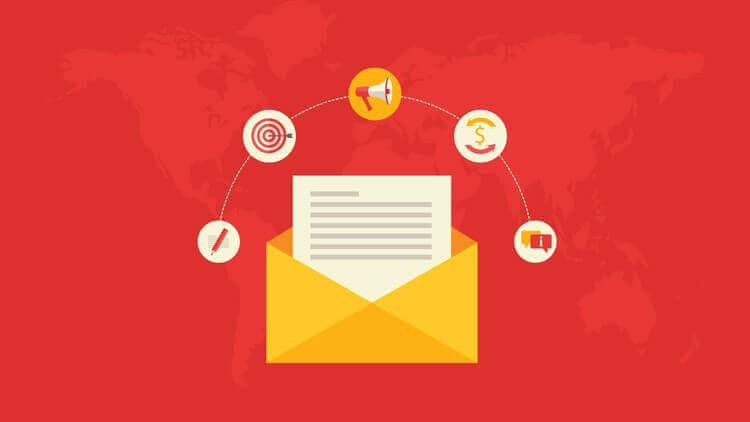
Think about this, you’re about to engage in a conversation with a robot; you sit down and it greets you with “Hello Human” and then proceeds to ask you a question. You answer, it ignores your response and asks another question. While this machine knows you’re there, it knows you’re human, it’s not really engaging you or processing your feedback. Wouldn’t it be so much cooler if when you sat down that robot greeted you using your name and then proceeded to engage in conversation based on the information you’ve given it? This is what it feels like getting a ‘Dear Guest’ or ‘Hello’ email; like, a cold, steel, robotic hug. So how do you program your automated email robot to engage with your guests more effectively?
Personalised automation sounds more like an oxymoron than reality but it may be more achievable than you think. Here at Intouch, we relentlessly harp on about personalisation, but we know it’s unrealistic to handcraft a “welcome” and “thank-you” to every guest that checks in at your hotel. On the other side of the coin, a generic “thank-you” can be as damaging as sending nothing at all.
Your mission, should you choose to except it (and you definitely should accept it) is to send marketing communication that resonates with your guest – generic just isn’t going to cut it. Plus, why would you settle for mediocre when you could be remarkable? The only difference between the two is how you choose to use your information – of which, we know you have lots of.
Every guest that stays at your hotel leaves a trail of interactions and decisions that lead to a better understanding of their preferences and provides you with the ability to anticipate desires and personalise accordingly. Combine this information and the power of automated triggers to deliver value in real time and influence guest behaviour at each stage of their journey. Entice, encourage, engage and re-engage your guests with personalised, experience-driven interactions to drive direct bookings and brand loyalty.
Here’s how:



